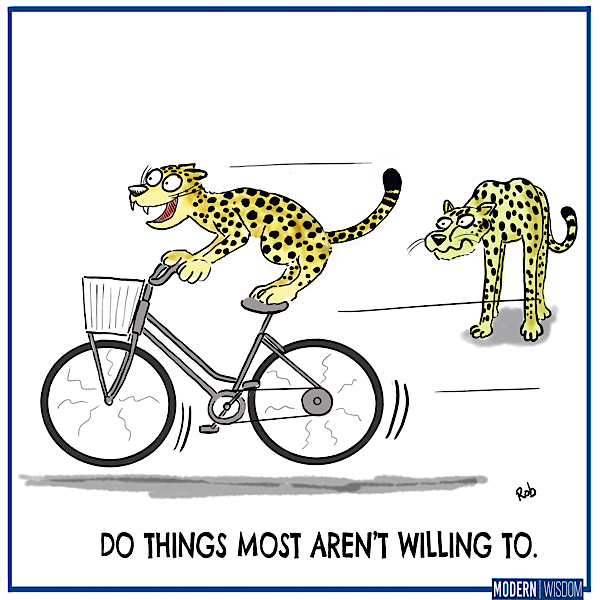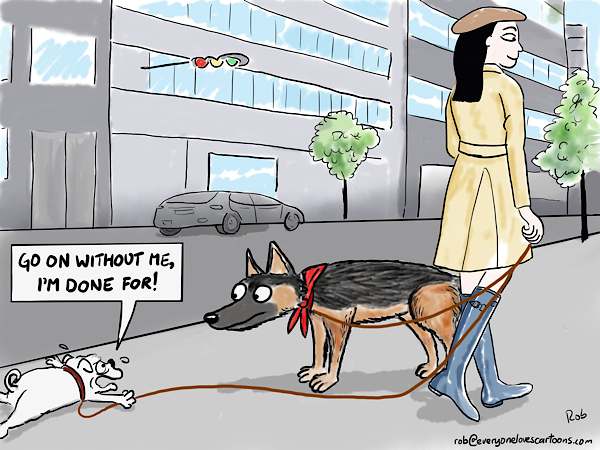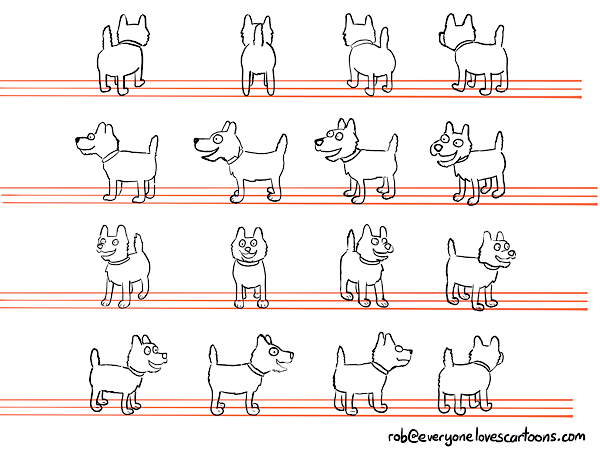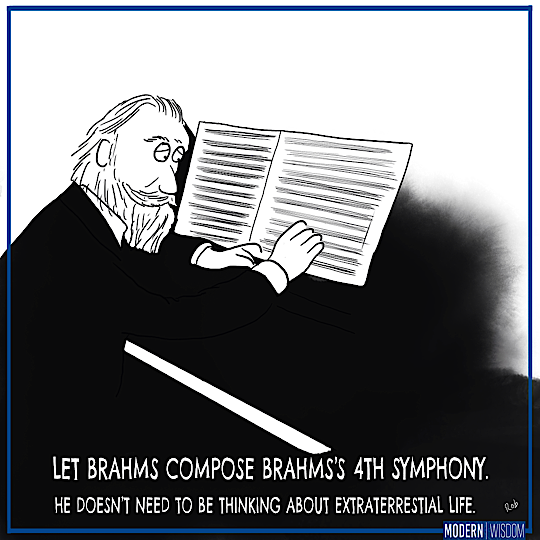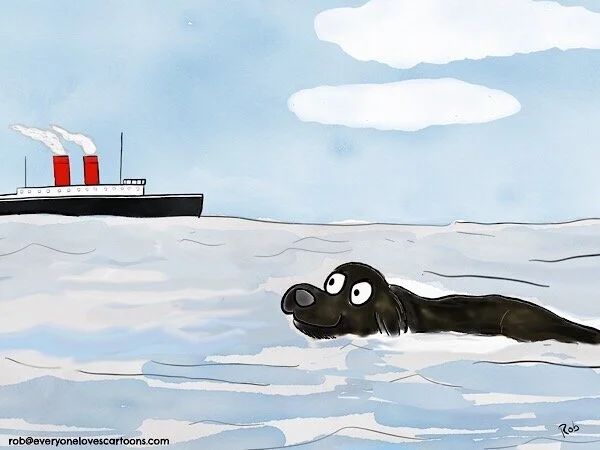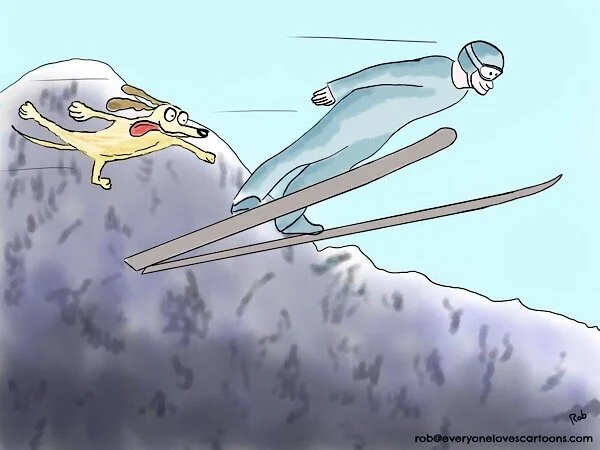The Custard-Stirring dog is a highly specialised breed originally developed to tend to the vast pots of custard that used to be found in the kitchens of country houses throughout the British Isles.
Selective breeding led to a dog with a long neck which enabled it to reach over the hot pot without burning itself. The coat doesn’t shed, which is very important as no one likes to get dog hair in their custard.
The dog is able to sit patiently for hours, methodically stirring the custard using a wooden spoon clenched in its jaws. It has an excellent grip and it can be difficult to persuade the dog to let go of a stick once it has it in its grasp.
One peculiar quirk of the breed is that it stirs the custard in a clockwise direction and cannot be trained out of this deeply ingrained trait. The only exception to this is the even more rare reverse-stirrer, but this variant is now believed to have died out.
With the combination of the gradual decline of country homes, along with ever-increasing health and safety measures, the numbers of custard-stirrers began to dwindle, until by the early 20th century it was feared that it was difficult to keep the breed going.
Fortunately, the traits of this breed, it’s ability to sit patiently, concentrate fixedly on a task at hand, able to tolerate heat in n a workplace, able to put up with the sometimes eccentric nature of chefs, endeared this breed to a whole new audience - mad scientists.



































































